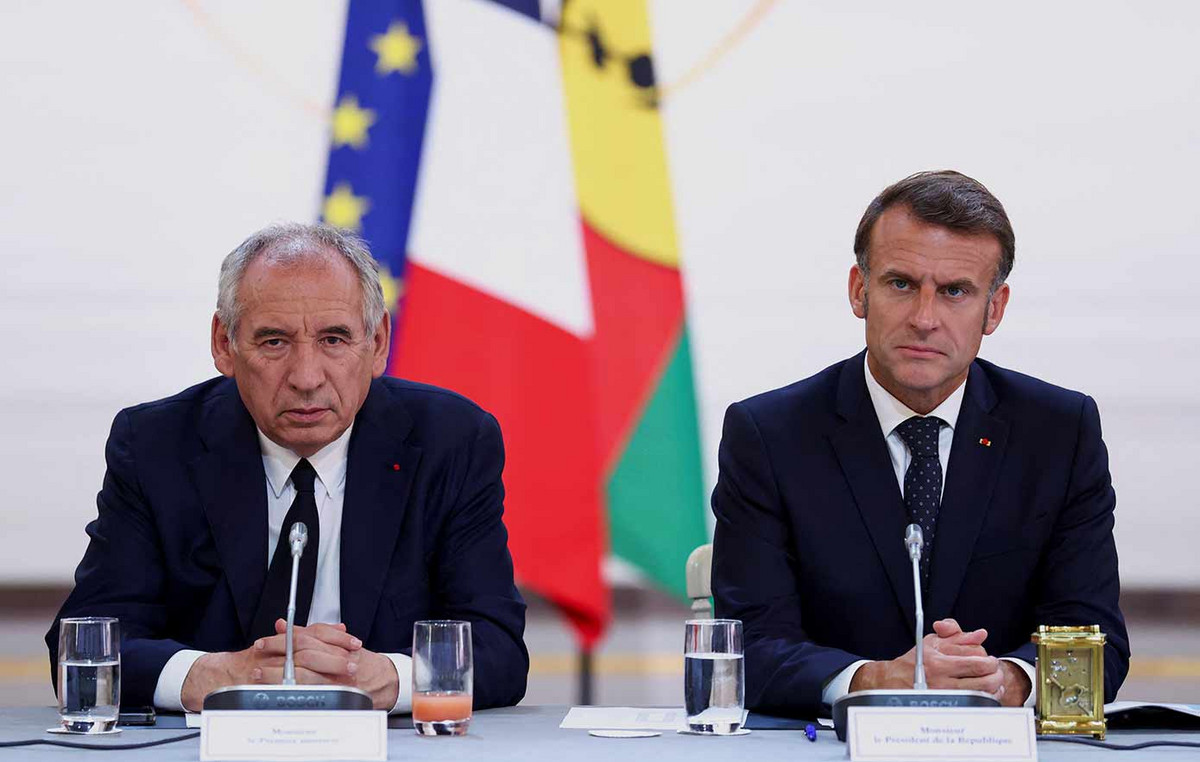Blue tungsten flickering on the walls of abandoned mine shafts, in a city that has seen better days, could be a catalyst for the attempt to South Korea to break China’s hold on critical minerals and lay claim to the raw materials of the future.
The mine in Sangdong, 180 km southeast of Seoul, is being brought back from the dead to extract the rare metal that has found new value in the digital age in technologies ranging from phones and chips to electric vehicles and missiles.
“Why reopen now after 30 years? Because it means sovereignty over natural resources,” said Lee Dong-seob, vice president of the mine’s owner. Almonty Korea Tungsten Corp .
“Resources have become strategic weapons and assets.”
Sangdong is one of at least 30 critical mineral mines or processing plants worldwide that have been launched or reopened outside of China in the past four years, according to a Reuters review of projects announced by governments and companies. These include lithium development projects in Australia, rare earths in the US and tungsten in Britain.
The scale of the plans illustrates the pressure felt by countries around the world to ensure supplies of critical minerals deemed essential for the green energy transition, from lithium in electric vehicle batteries to magnesium in laptops and neodymium found in wind turbines.
Overall demand for these rare minerals is expected to increase fourfold by 2040, the International Energy Agency said last year. For those used in electric vehicles and battery storage, demand is expected to grow 30-fold, he added.
Many countries view the movement of minerals as a matter of national security because China controls the mining, processing or refining of many of these resources.
The Asian power is the largest supplier of critical minerals to the United States and Europe, according to a 2019 China Geological Survey study. Of the 35 minerals the United States rated as critical, China is the largest supplier of 13, including essential rare earth elements for clean energy technologies, according to the study. China is also the biggest source of 21 essential minerals for the European Union, such as antimony used in batteries, he said.
“In the raw materials-critical restaurant, China is sitting around eating its dessert, and the rest of the world is in the cab reading the menu,” said Julian Kettle, senior vice president of metals and mining at consultancy Wood MacKenzie.
The stakes are particularly high for South Korea, home to major chipmakers like Samsung Electronics. The country is the world’s largest consumer of tungsten per capita and depends on China for 95% of its imports of the metal, valued for its unrivaled strength and heat resistance.
China controls more than 80% of the global tungsten supply, according to CRU Group, London-based commodity analysts.
The Sangdong mine, a once-bustling city of 30,000 that is now home to just 1,000, has one of the world’s largest tungsten deposits and could produce 10% of the global supply when it opens next year, according to its owner.
Lewis Black, CEO of Almonty Industries, the Canadian parent company of Almonty Korea told Reuters it plans to offer about half of the operation’s processed output to South Korea’s domestic market as an alternative to Chinese supplies.
“It’s easy to buy from China and China is South Korea’s biggest trading partner, but they know they are overly dependent,” Black said. “You have to have a plan B now.”
Sangdong tungsten, discovered in 1916 during the Japanese colonial era, was once the backbone of the South Korean economy, accounting for 70% of the country’s export earnings in the 1960s, when it was widely used in metal cutting tools. .
The mine was closed in 1994 due to the cheaper supply of the mineral from China, which made it commercially unviable, but now Almonty is betting on that demand, and prices will continue to rise driven by the digital and green revolutions, as well as a growing desire of countries to diversify their supply sources.
European prices of 88.5% minimum paratungstate – the main raw material ingredient in tungsten products – are trading at around US$346 per tonne, up 25% from last year and close to their highest levels in five years, according to Asian Metal pricing agency.
The Sangdong mine is being modernized, with vast tunnels being dug underground, while work has also started on a tungsten crushing and grinding plant.
“We must continue to operate this type of mine so that new technologies can be delivered to the next generations,” said Kang Dong-hoon, manager in Sangdong, where a “Pride of Korea” sign is displayed on the mine wall. office.
“We have been lost in the mining industry for 30 years. If we miss this chance, there will be no more.”
Almonty Industries has signed a 15-year deal to sell tungsten to Pennsylvania-based Global Tungsten & Powders, a supplier to the US military, which uses the metal in a variety of ways in artillery butts, rockets and satellite antennas.
However, there are no guarantees of long-term success for the mining group, which is investing around $100 million in the Sangdong project. These ventures may still struggle to compete with China, and there are concerns among some industry experts that developed countries will not live up to commitments to diversify supply chains for critical minerals.
Seoul created a Task Force on Key Economic Security Items after a supply crisis last November when Beijing restricted exports of urea solution, which many South Korean diesel vehicles are required by law to use to reduce emissions. .
Nearly 97% of South Korea’s urea came from China at the time, and the shortage sparked panic purchases at gas stations across the country.
THE Korean Mine Rehabilitation and Resources Corporation (KOMIR) a government agency responsible for the security of national resources, told Reuters it had committed to subsidizing about 37% of Sangdong’s tunnel construction costs and would consider further support to mitigate any potential environmental damage.
New President Yoon Seok-yeol pledged in January to reduce “a certain country’s” mineral dependence and last month announced a new resource strategy that will allow the government to share stockpile information with the private sector.
South Korea is not alone
The United States, the European Union and Japan have launched or updated national sourcing strategies for critical minerals over the past two years, laying out broad plans to invest in more diversified supply lines to reduce their dependence on China.
Mineral supply chains have also become a feature of diplomatic missions.
Last year, Canada and the European Union launched a strategic partnership on raw materials to reduce dependence on China, while South Korea recently signed collaboration agreements with Australia and Indonesia on mineral supply chains.
“Supply chain diplomacy will be prioritized by many governments in the coming years as access to critical raw materials for the green and digital transition has become a priority,” said Henning Gloystein, director of energy and climate resources at consultancy Eurasia Group. .
In November, China’s top economic planner said it would step up exploration of strategic mineral resources, including rare earths, tungsten and copper.
The $200 billion global investment in additional mining and smelting capacity is needed to meet critical mineral supply demand by 2030, 10 times what is currently being committed, Kettle said.
However, the projects have faced resistance from communities that do not want a mine or smelter close to their homes.
In January, for example, pressure from environmentalists led Serbia to revoke Rio Tinto’s lithium exploration license, while US President Joe Biden’s administration canceled two leases at the Antofagasta copper and nickel mines in Minnesota. see More information
In Sangdong, some residents doubt the mine will improve their lives.
“Many of us in this town didn’t believe the mine would really come back,” said Kim Kwang-gil, 75, who for decades lived on tungsten he mined from a stream that ran down the mine when it operated.
“The mine doesn’t need as many people as before, because everything is done by machines.”
Source: CNN Brasil
I’m James Harper, a highly experienced and accomplished news writer for World Stock Market. I have been writing in the Politics section of the website for over five years, providing readers with up-to-date and insightful information about current events in politics. My work is widely read and respected by many industry professionals as well as laymen.







